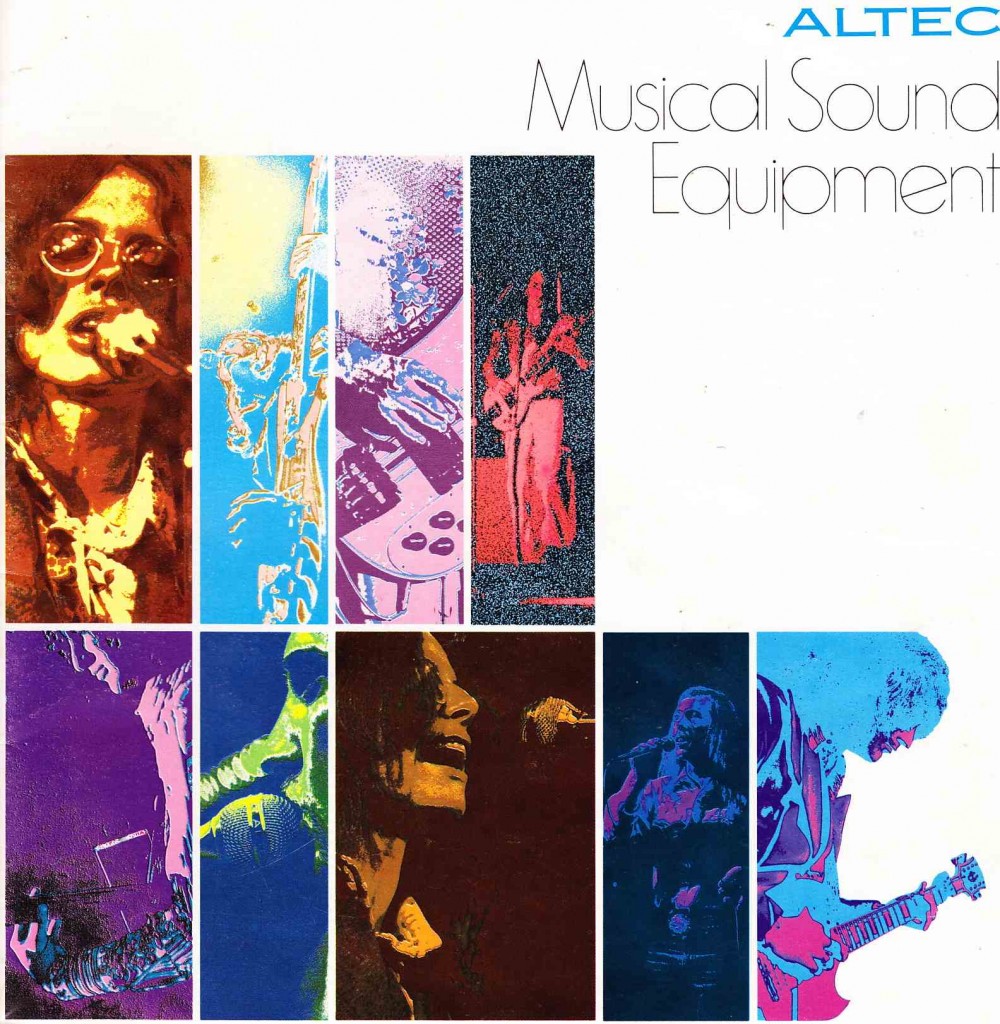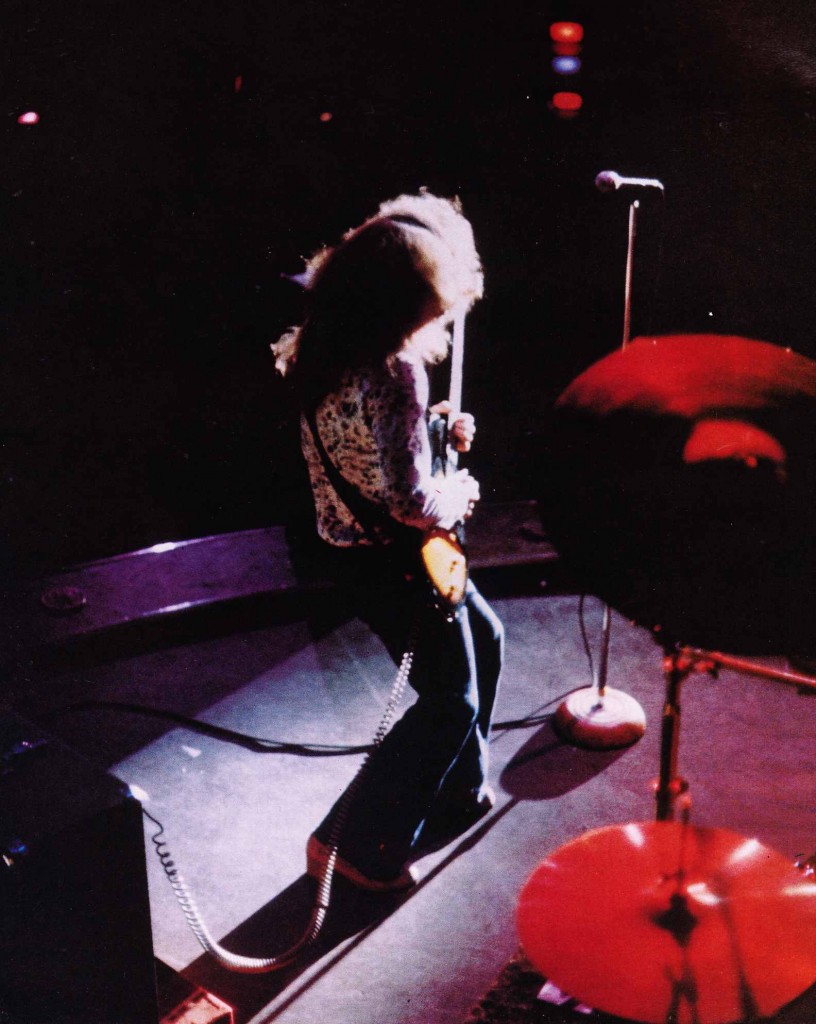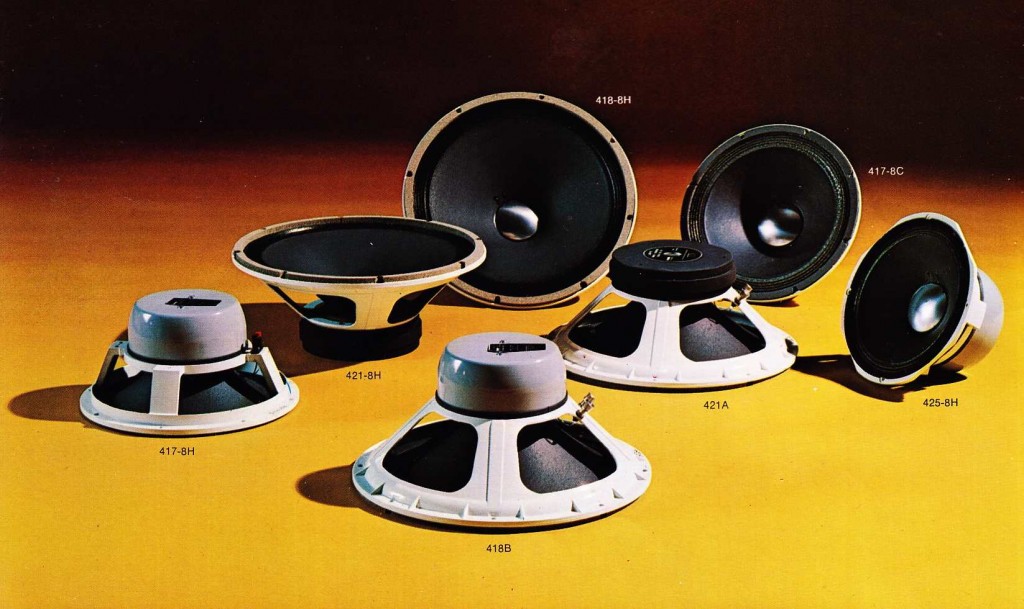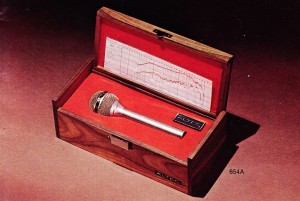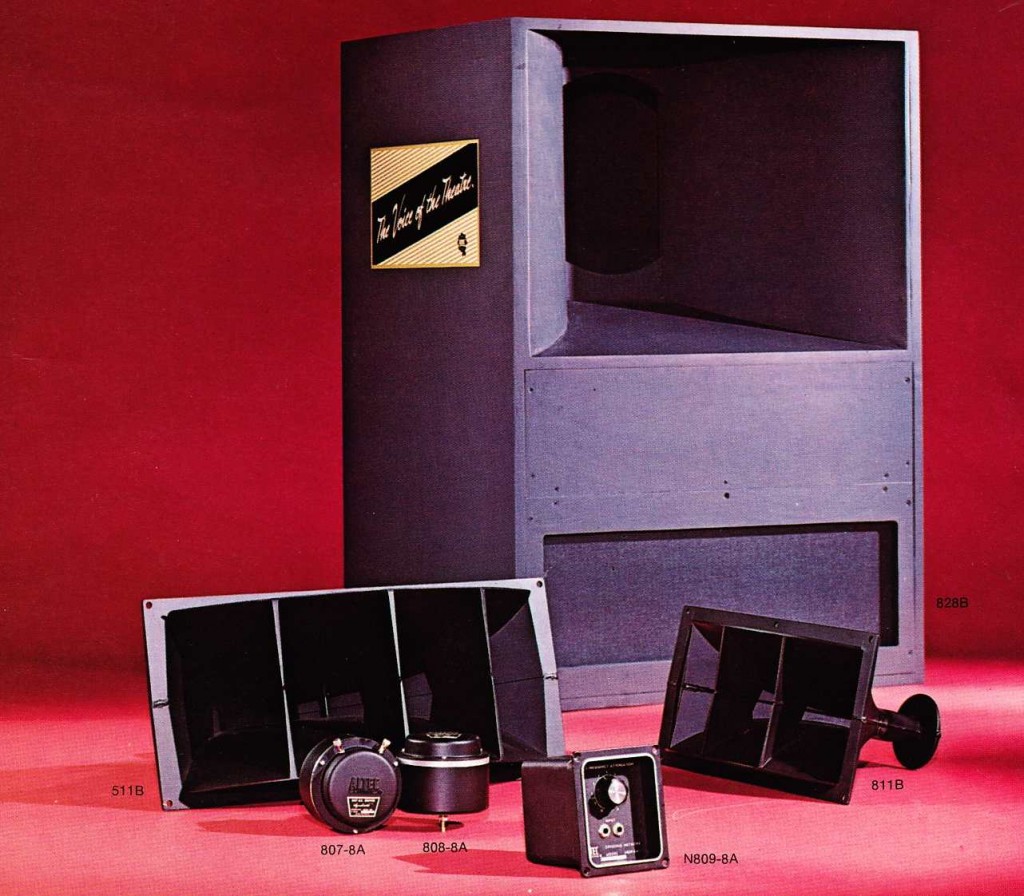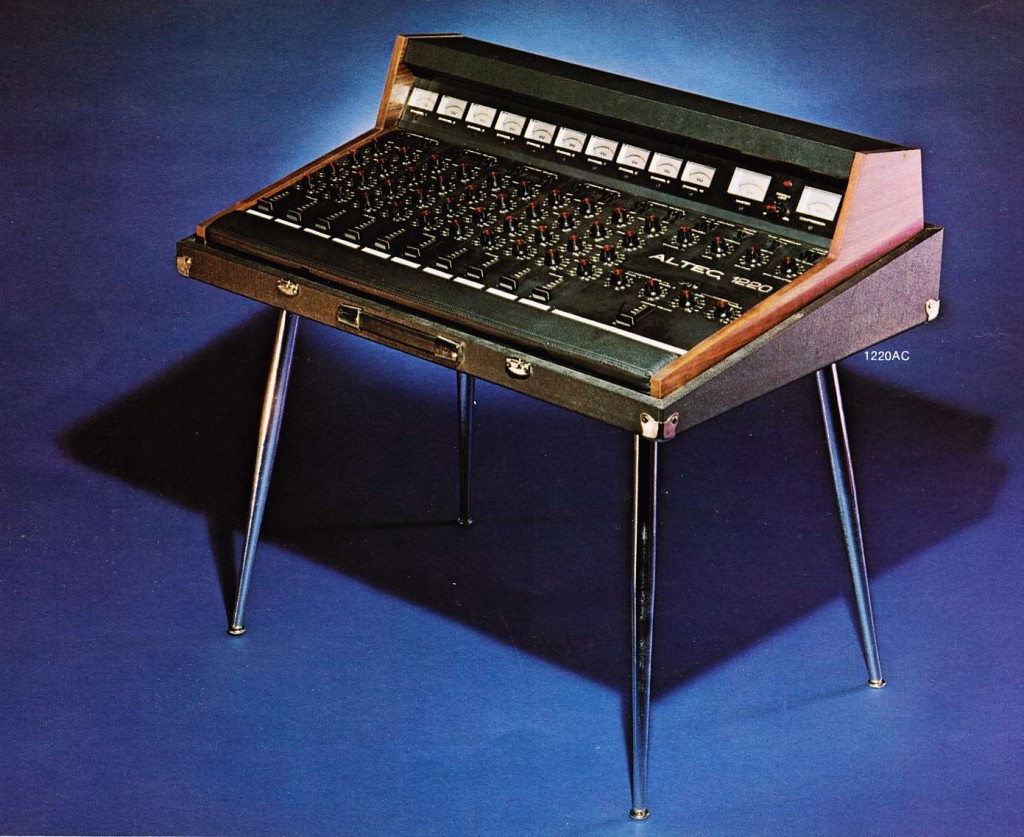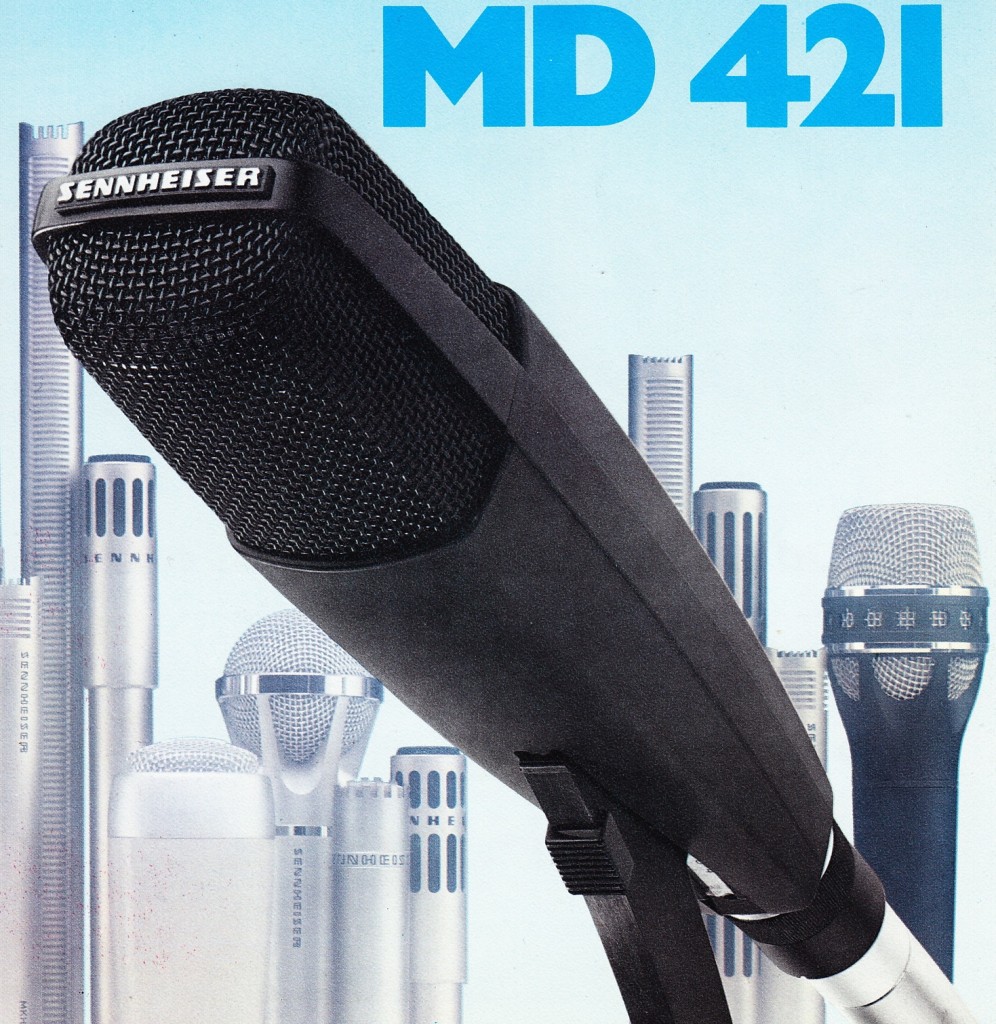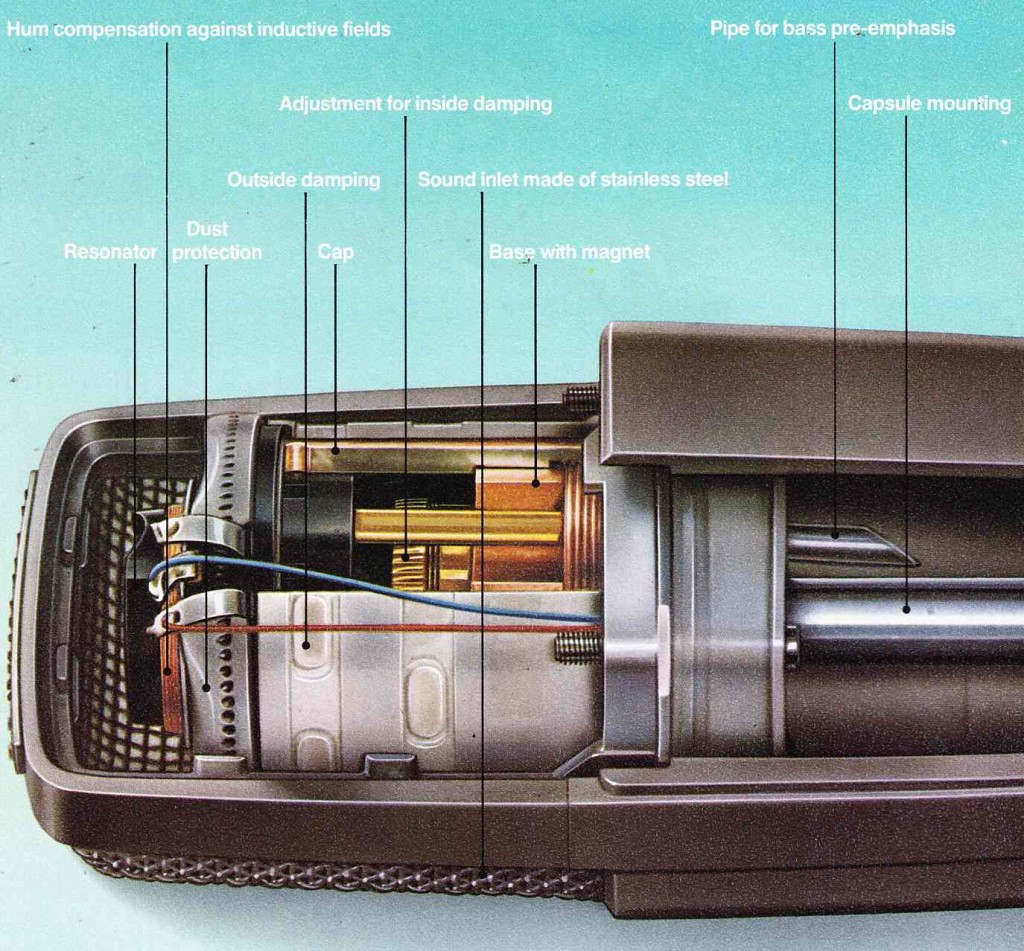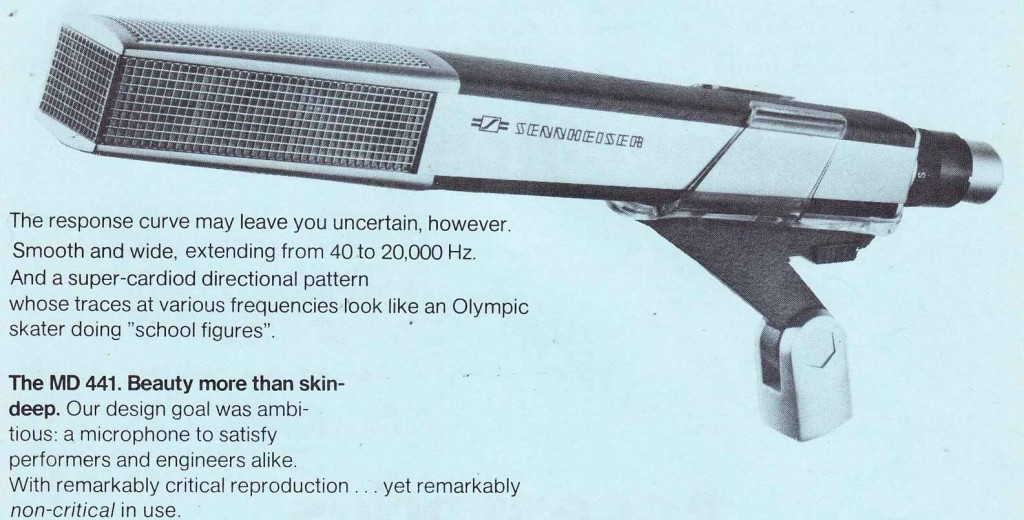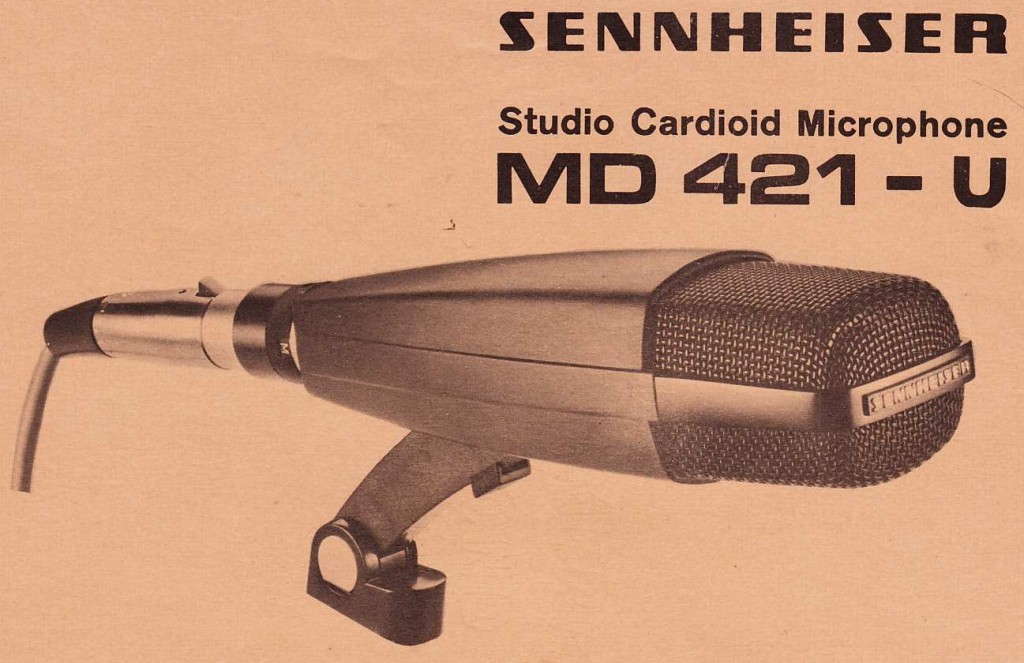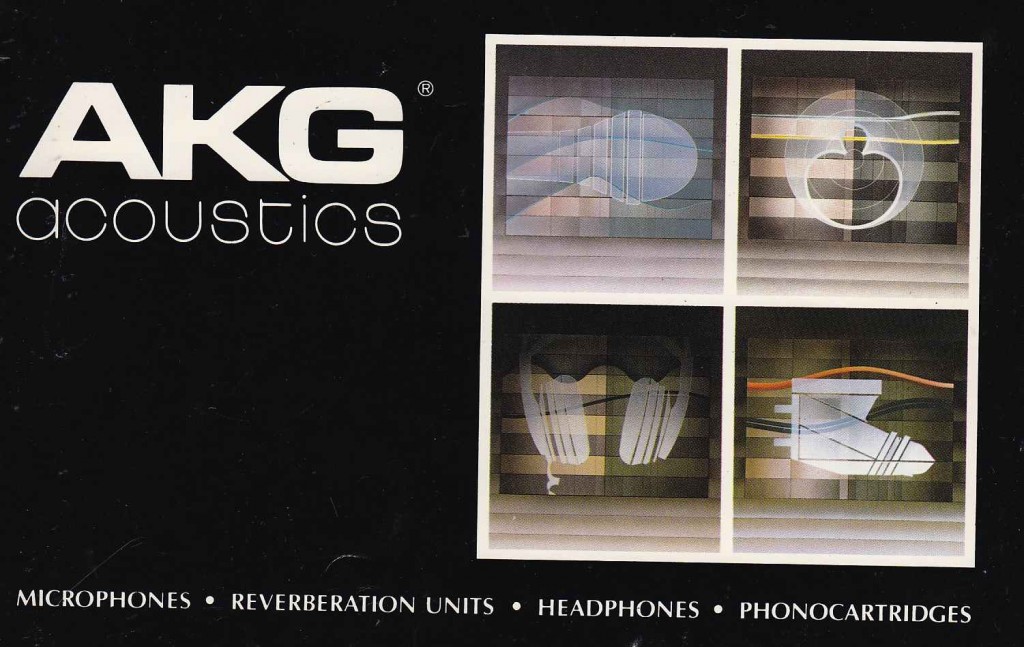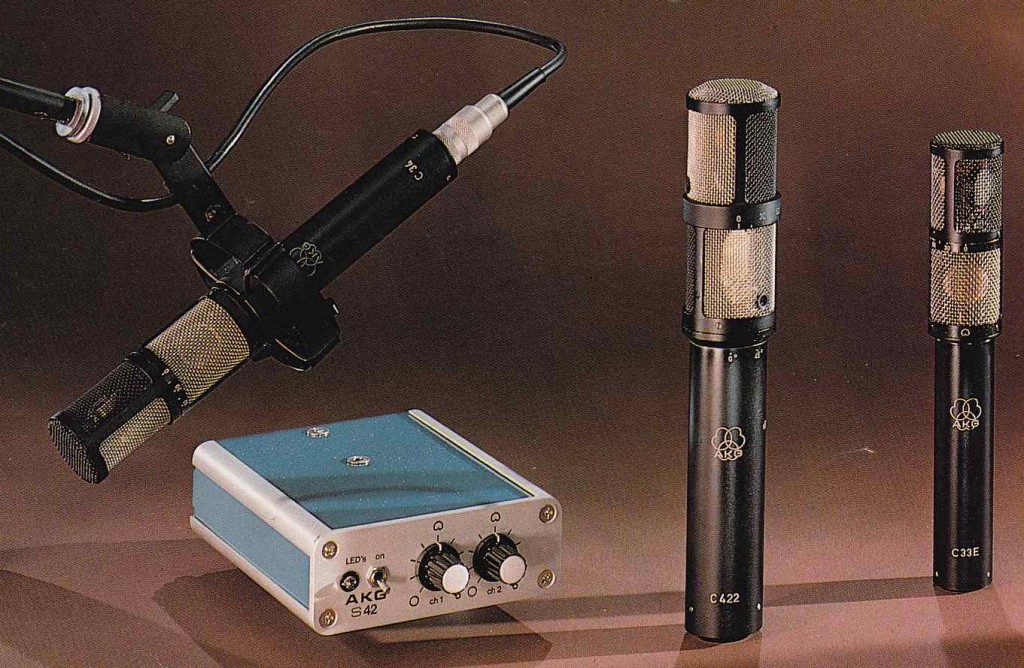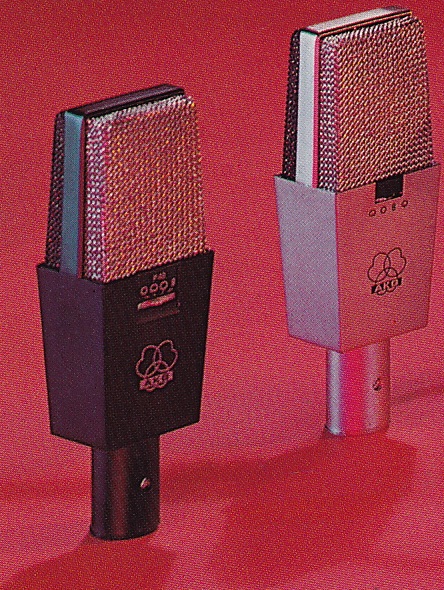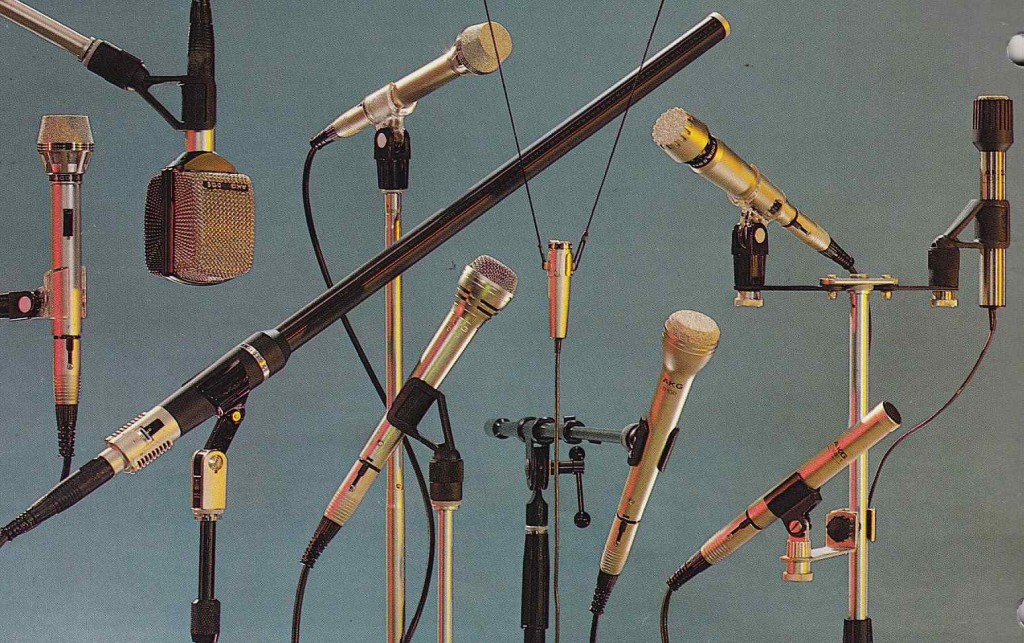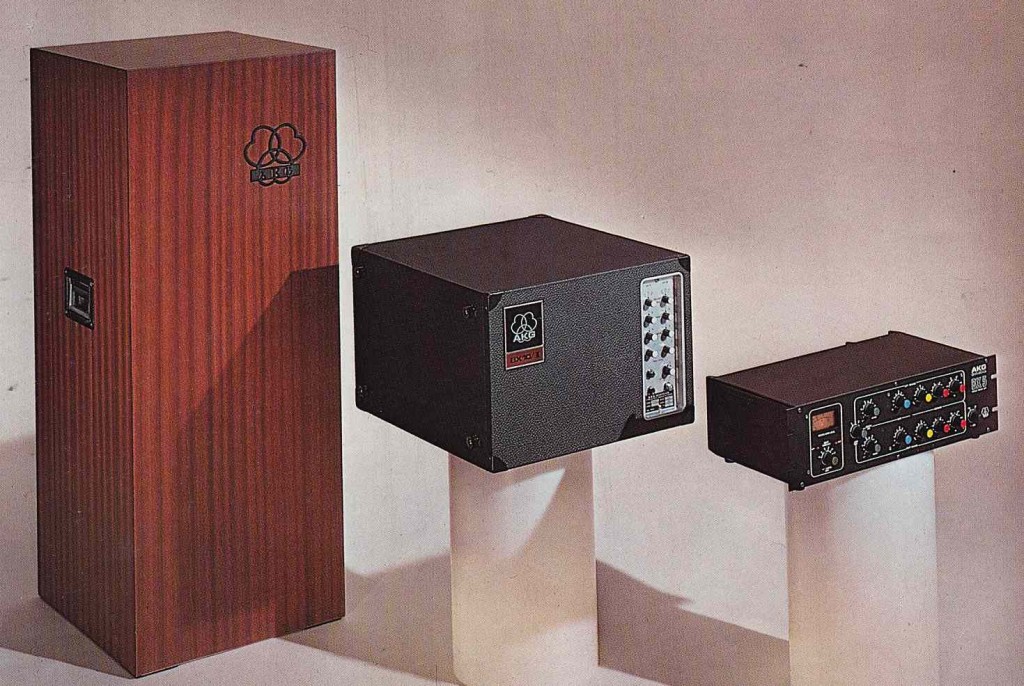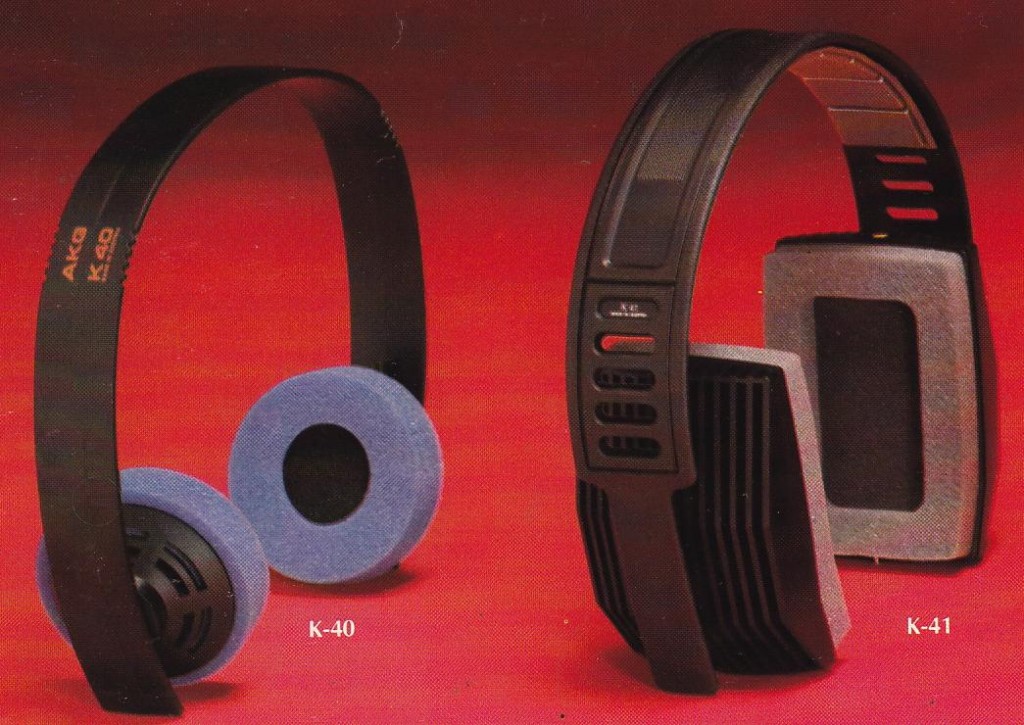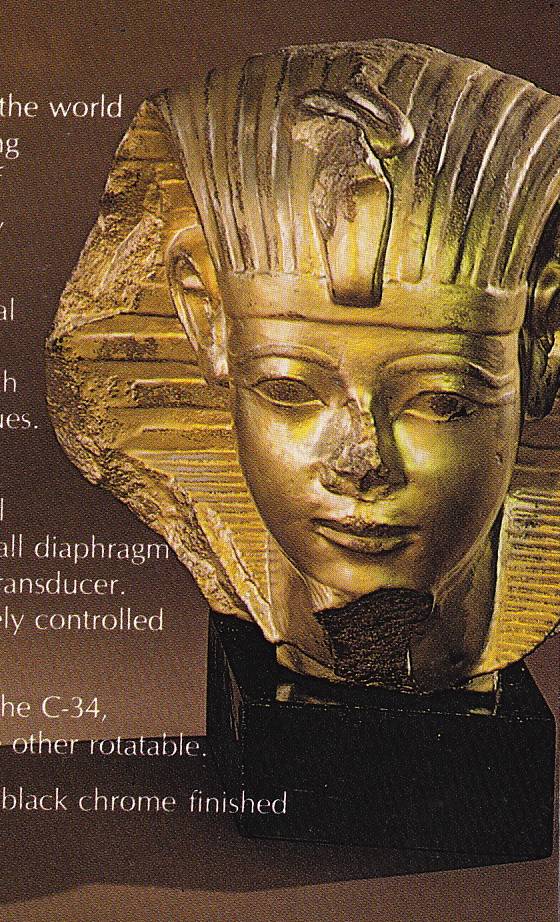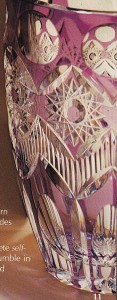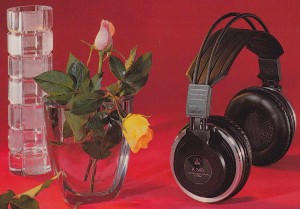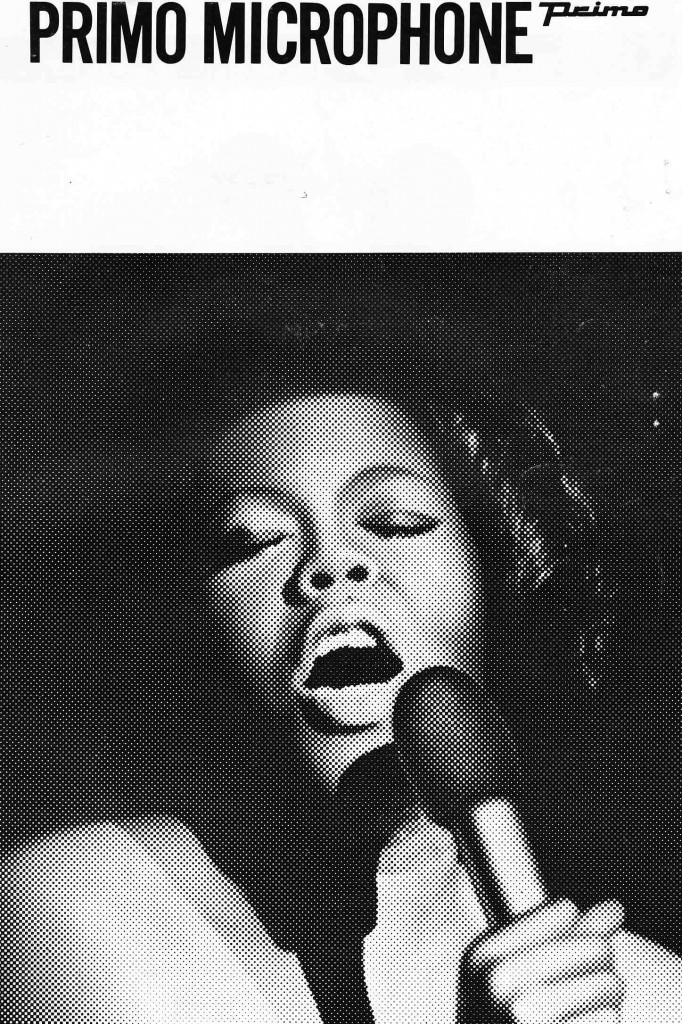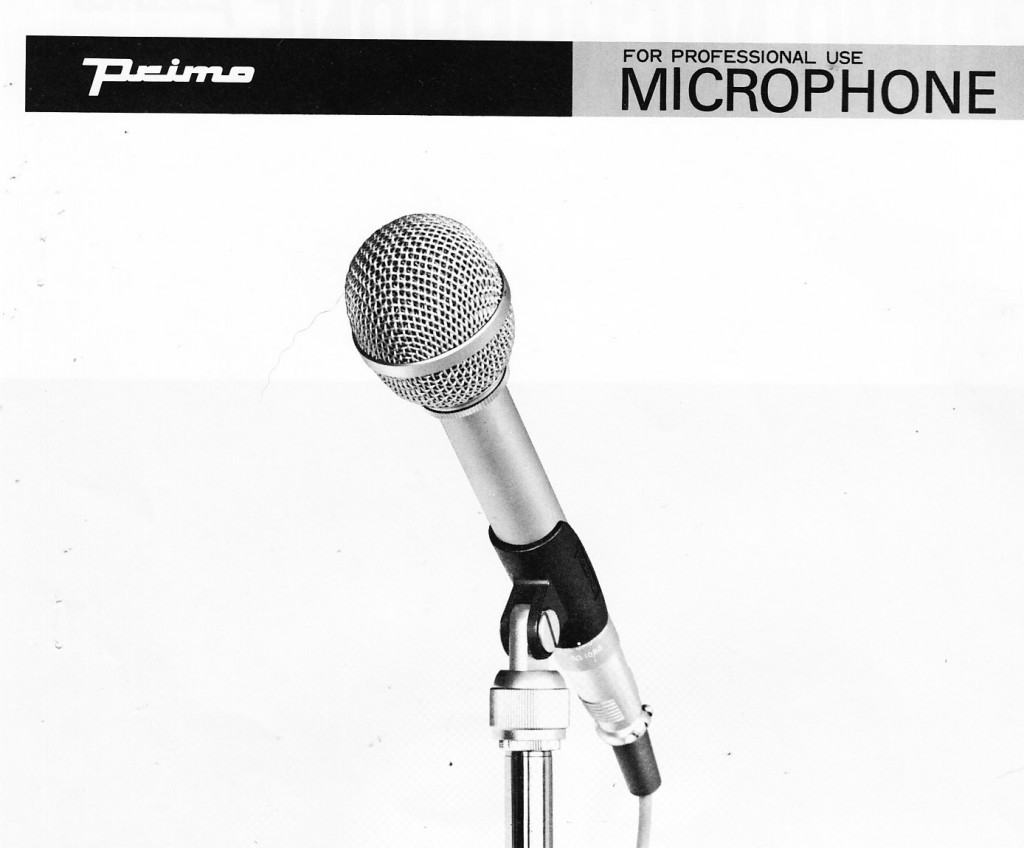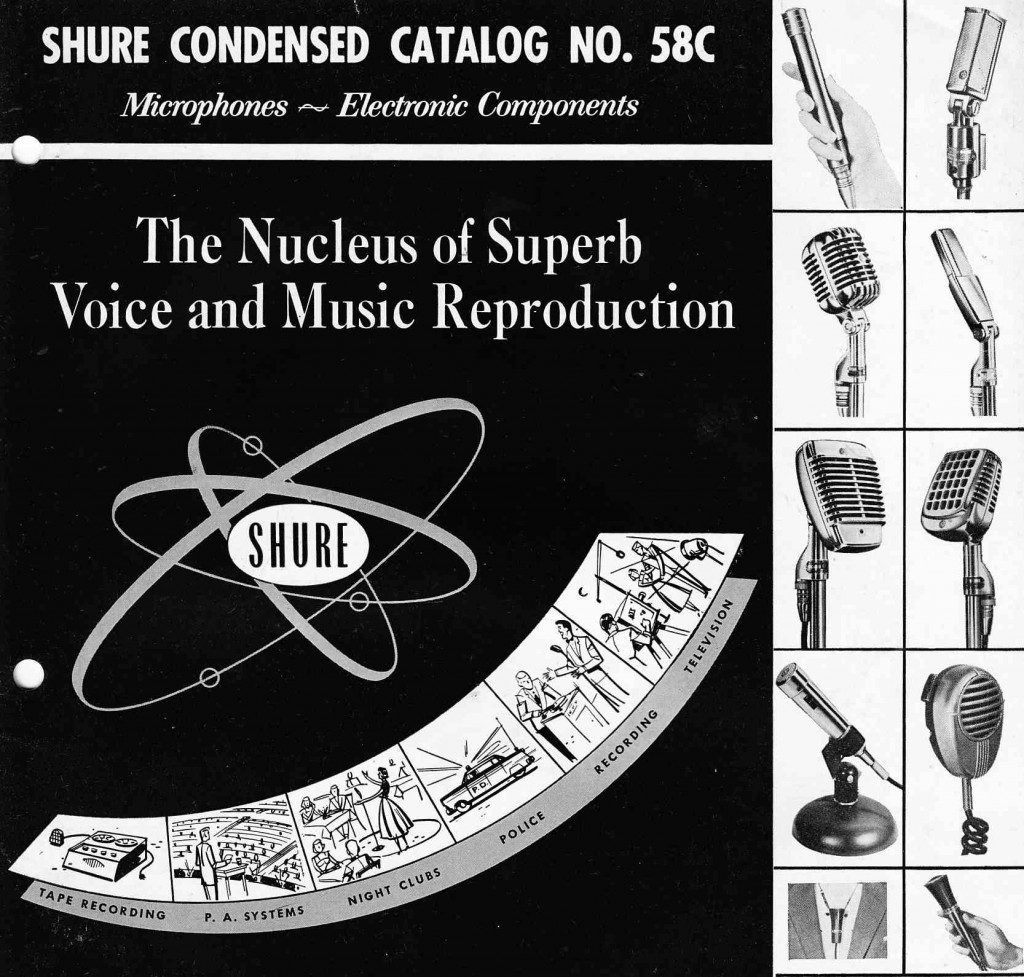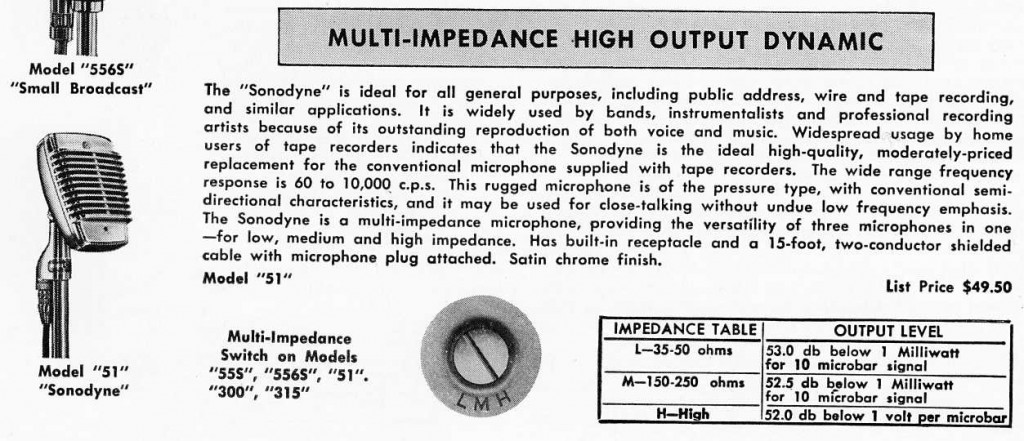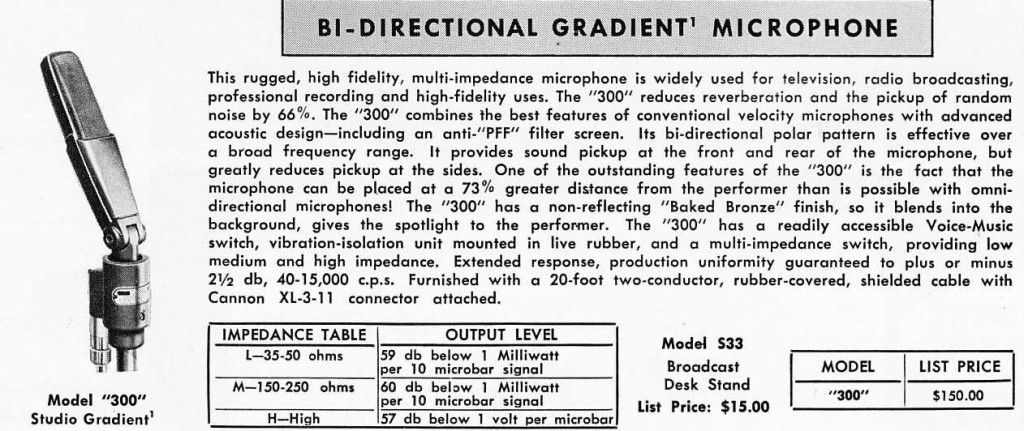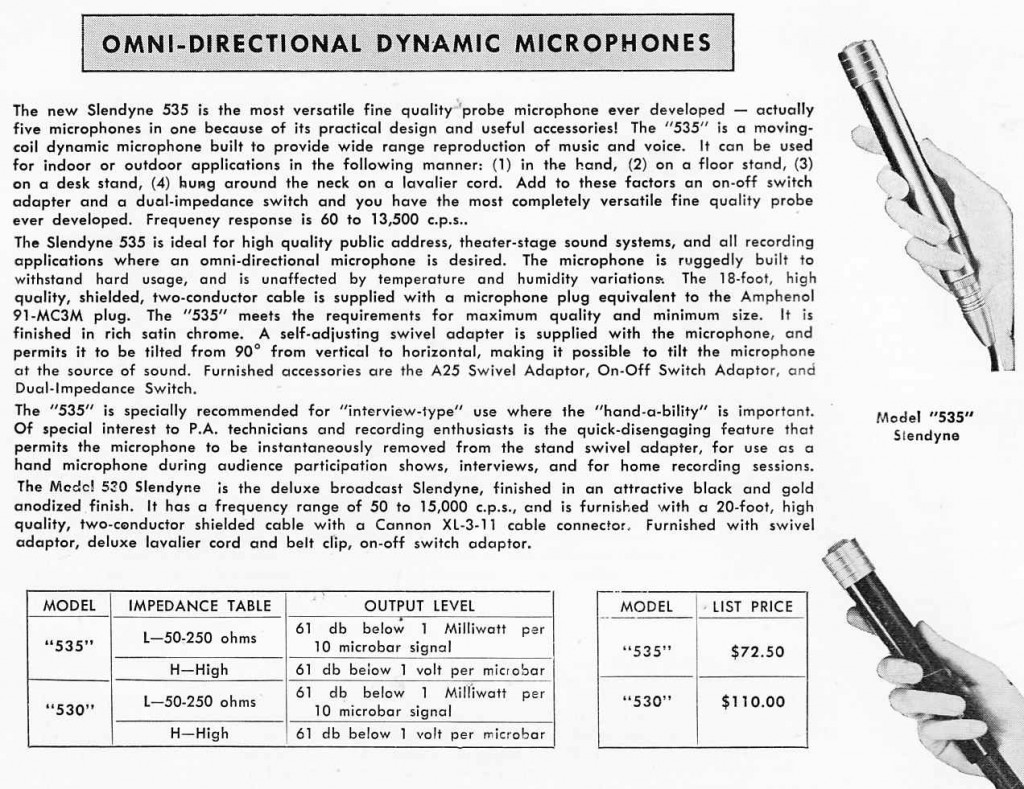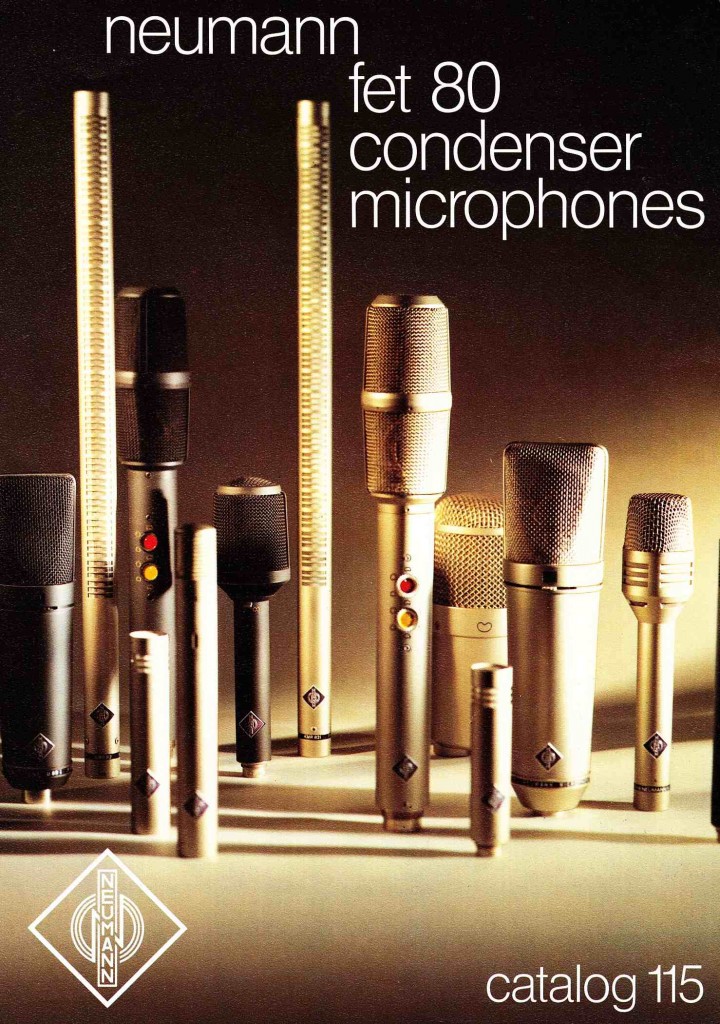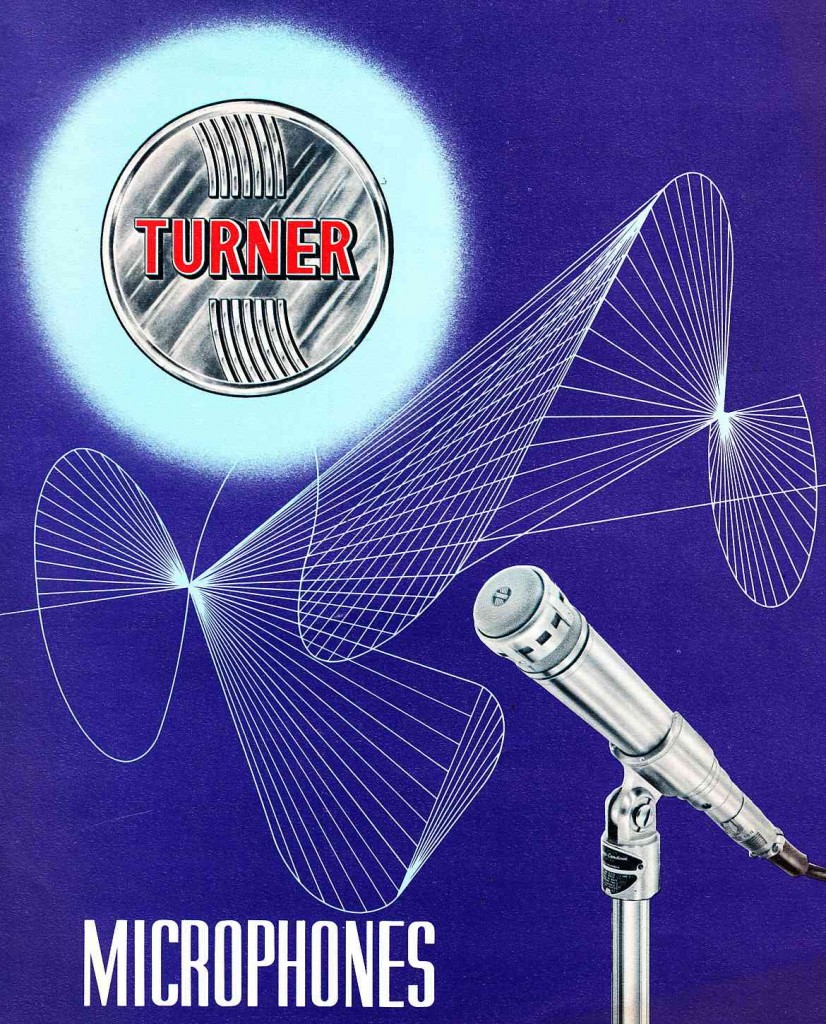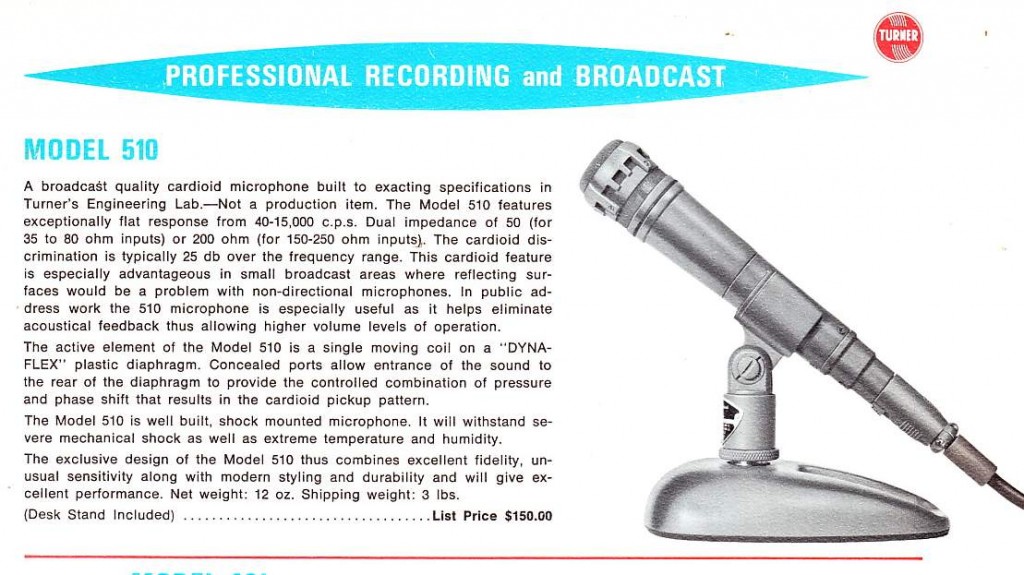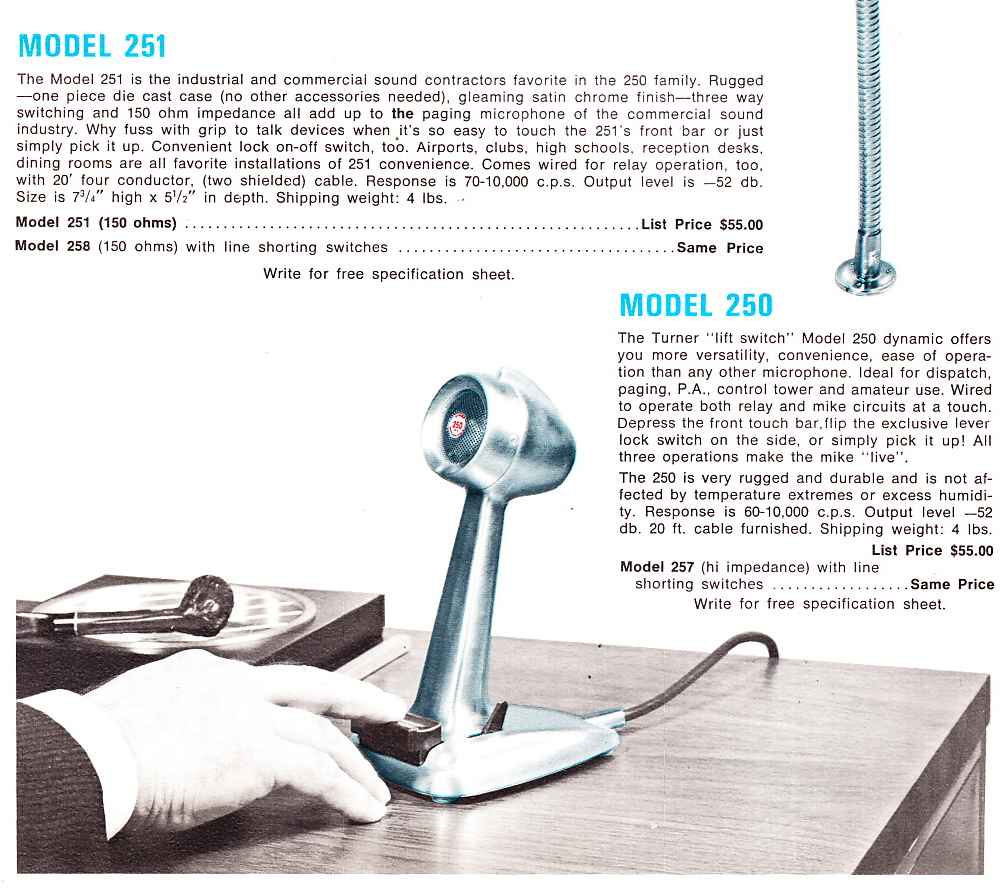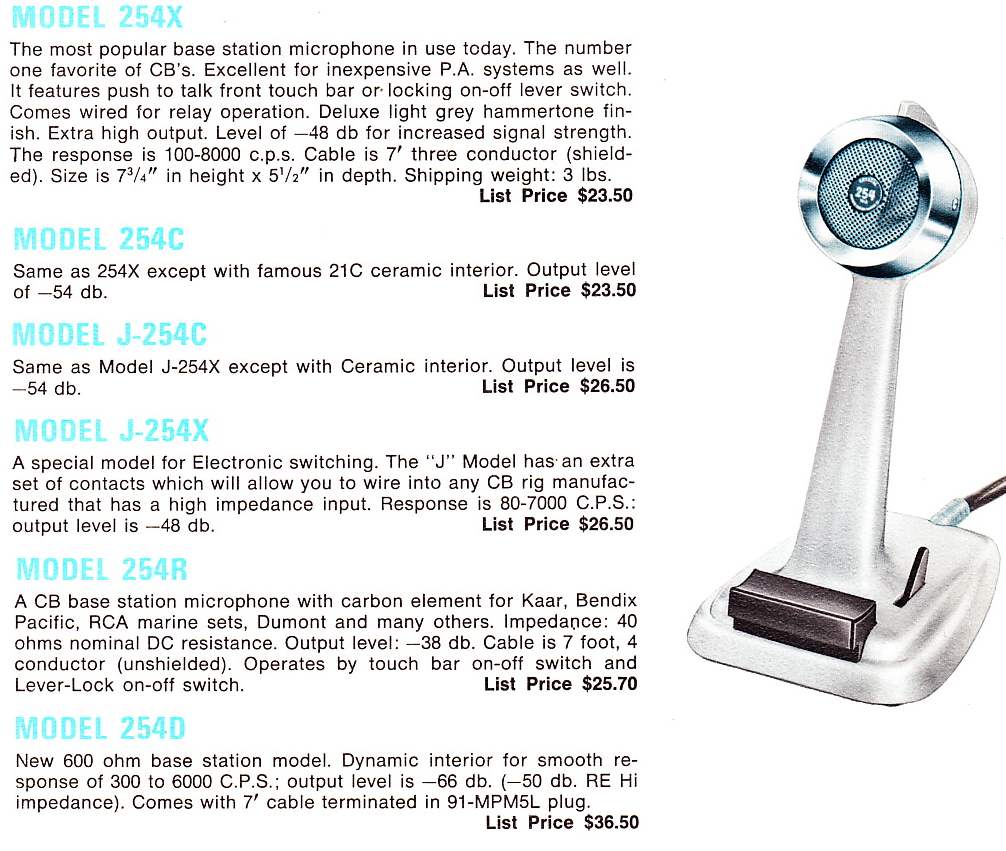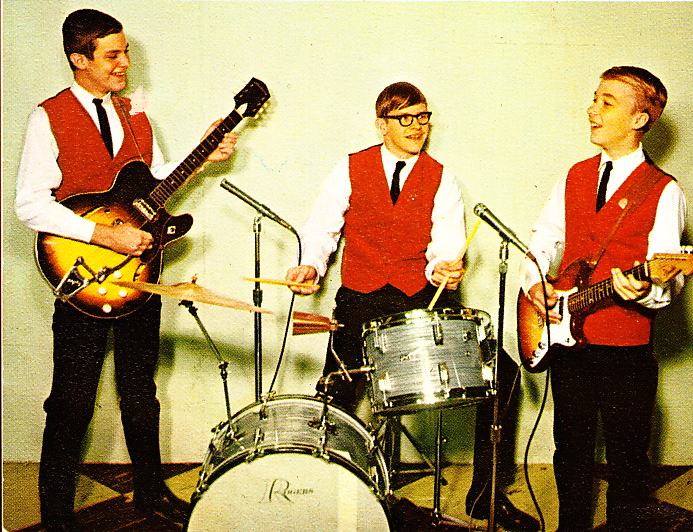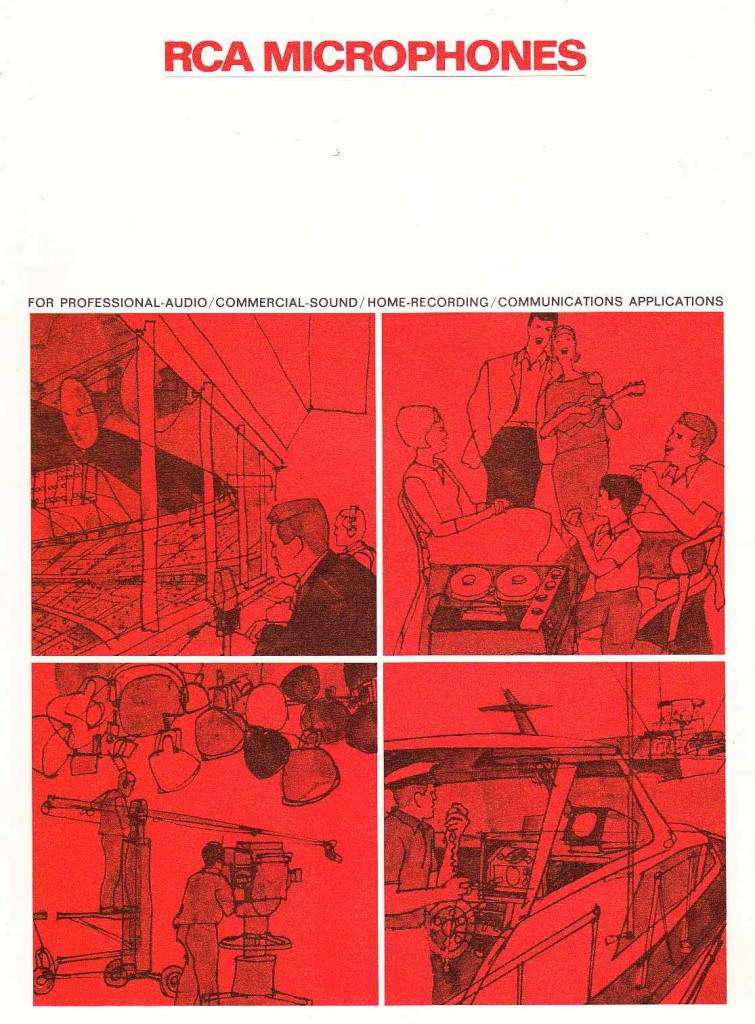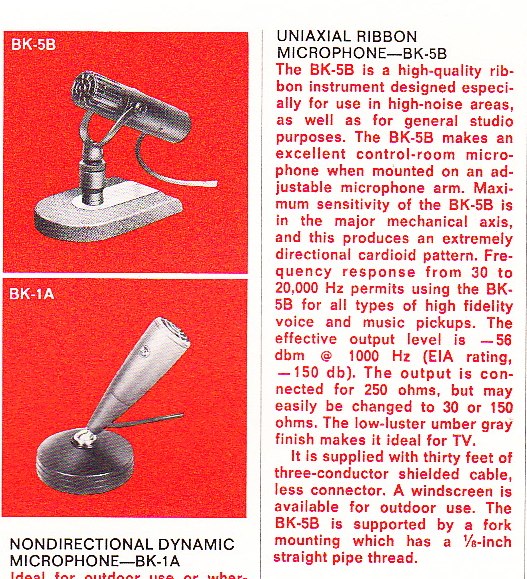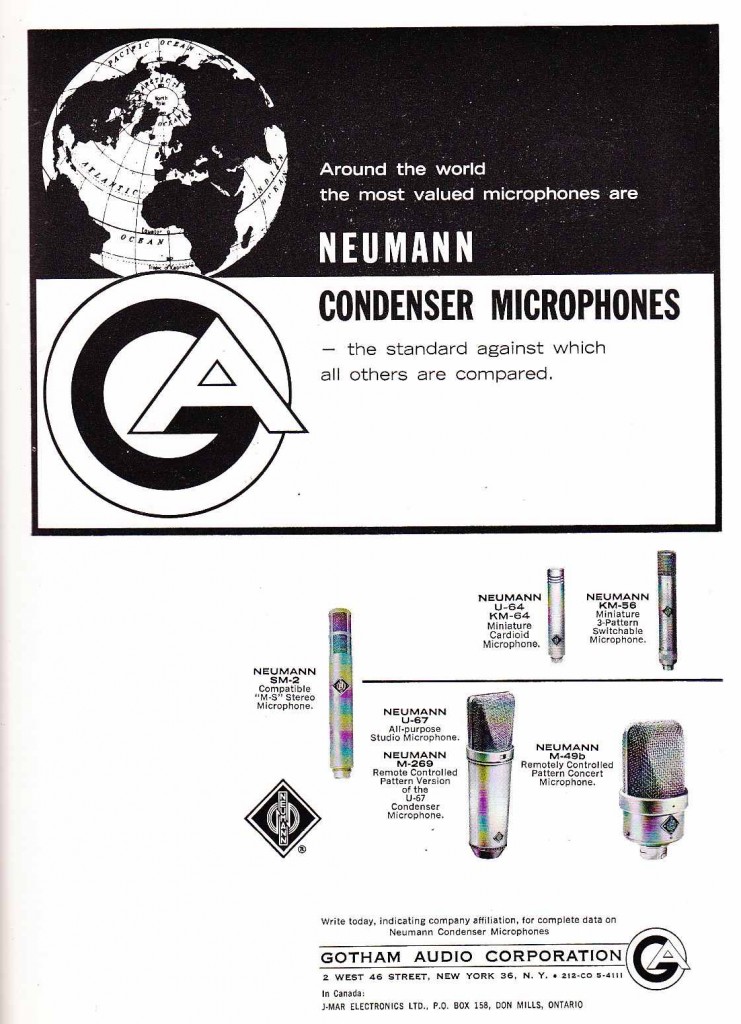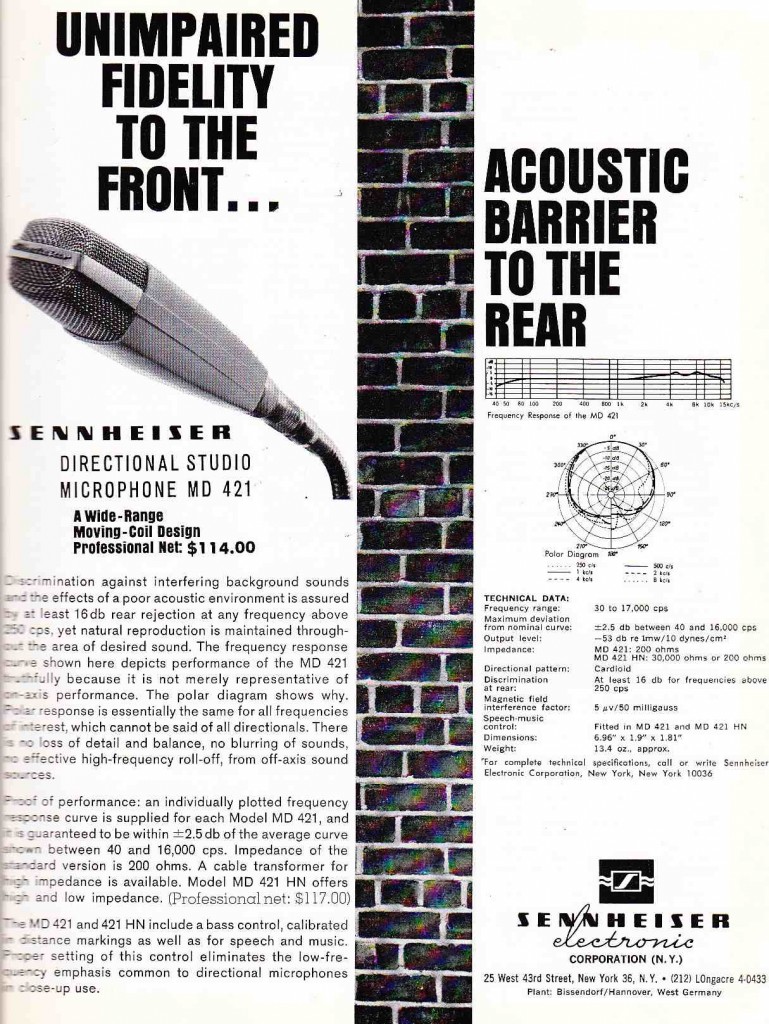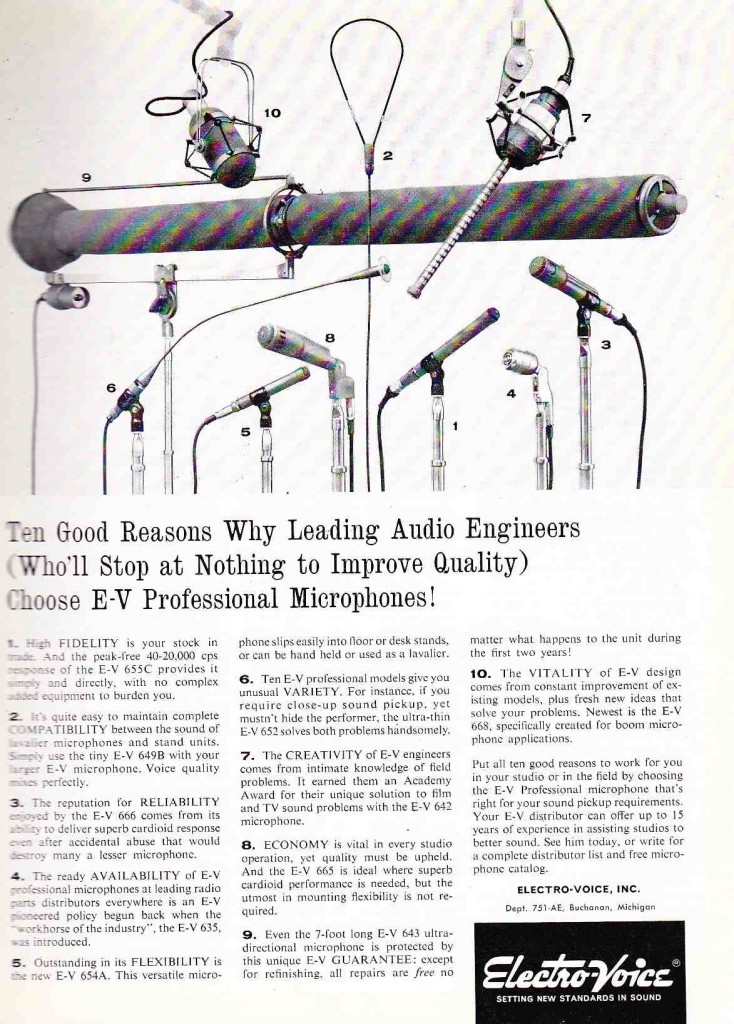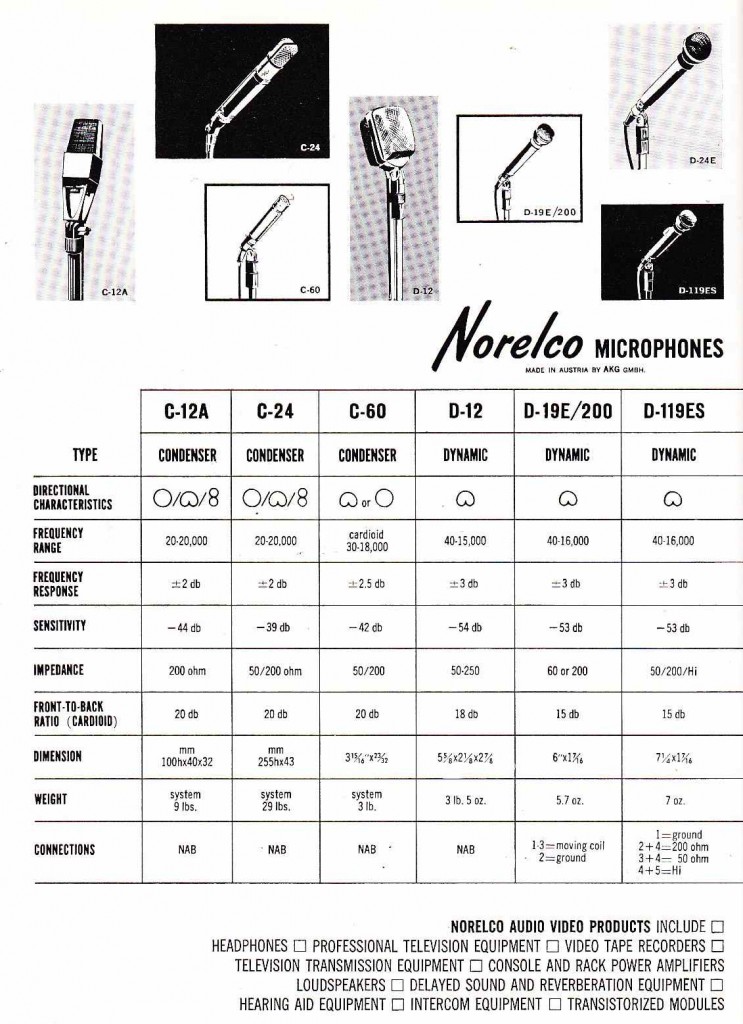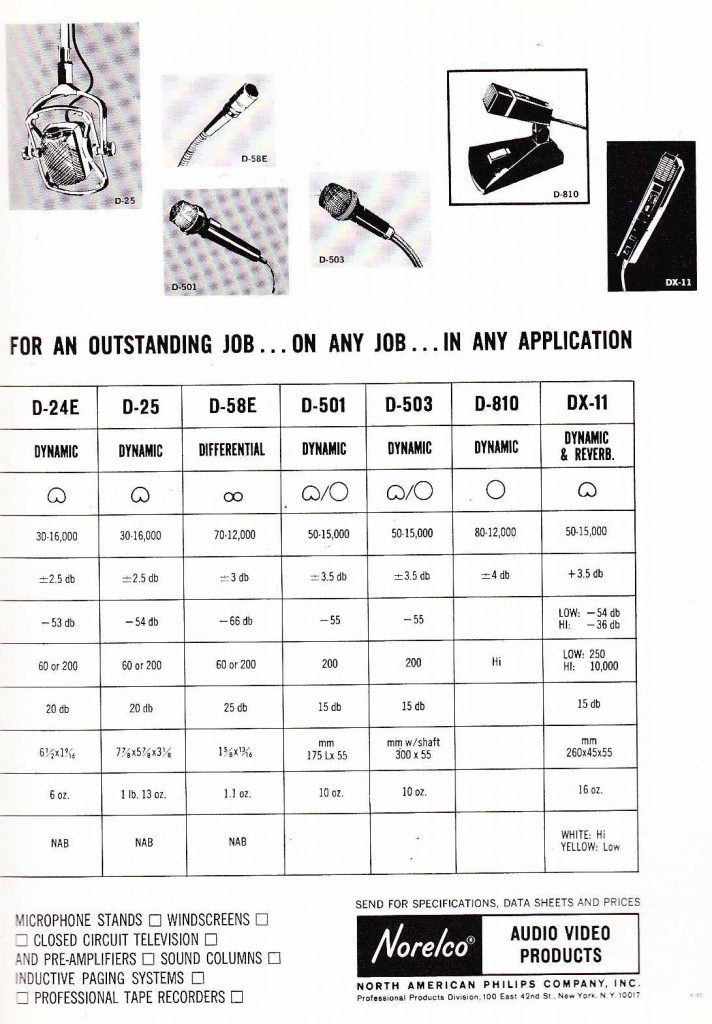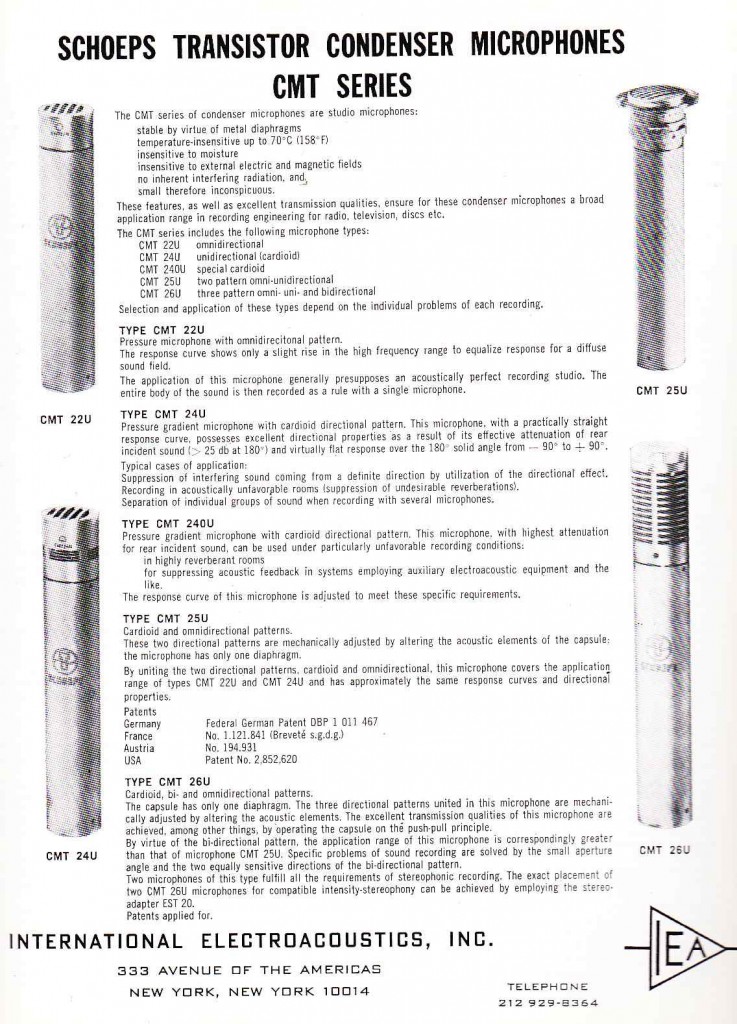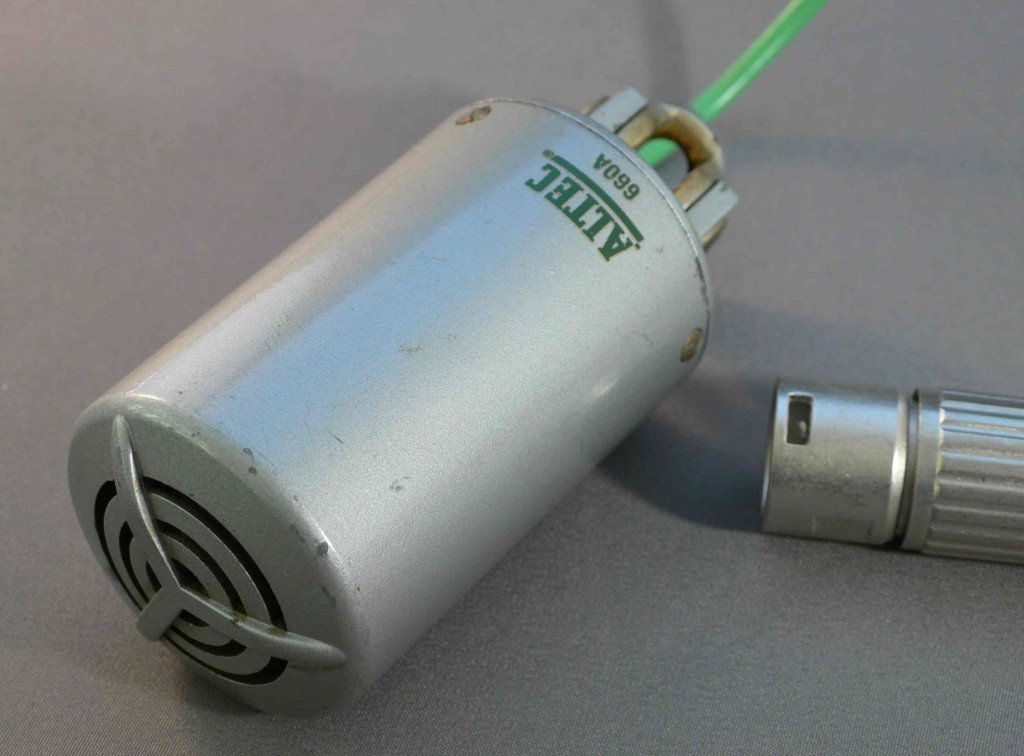 A quick review of some odd mics from the ‘pile’ that have not made it over to the studio yet. If anyone out there is using these for makin’ records, drop a line a let us know yr thoughts. Above is the Altec 660A, which is an Altec-branded iteration of an earlier western-electric mic. This thing sounds very thin. it’s quite small – check the XLR connector for size reference.
A quick review of some odd mics from the ‘pile’ that have not made it over to the studio yet. If anyone out there is using these for makin’ records, drop a line a let us know yr thoughts. Above is the Altec 660A, which is an Altec-branded iteration of an earlier western-electric mic. This thing sounds very thin. it’s quite small – check the XLR connector for size reference.
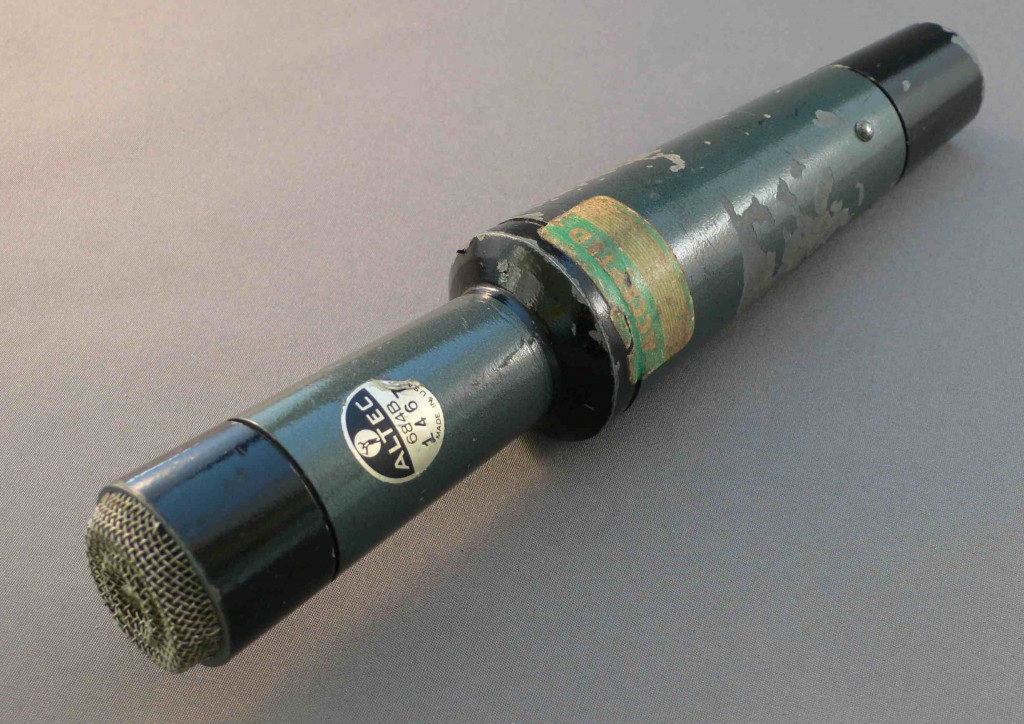 Another ancient Altec mic. this is a 684B. This piece does not sound bad, but… it failed the SM57 test. What, you ask, is the SM57 test? Well… whenever a new mic appears, i quickly A/B it with an SM57. If the SM57 sounds both ‘better’ (IE more ‘hi-fi’) AND ‘more interesting’ (this is harder to quantify….), then the new mic goes in a box somewhere. 684B up there failed the SM57 test.
Another ancient Altec mic. this is a 684B. This piece does not sound bad, but… it failed the SM57 test. What, you ask, is the SM57 test? Well… whenever a new mic appears, i quickly A/B it with an SM57. If the SM57 sounds both ‘better’ (IE more ‘hi-fi’) AND ‘more interesting’ (this is harder to quantify….), then the new mic goes in a box somewhere. 684B up there failed the SM57 test.
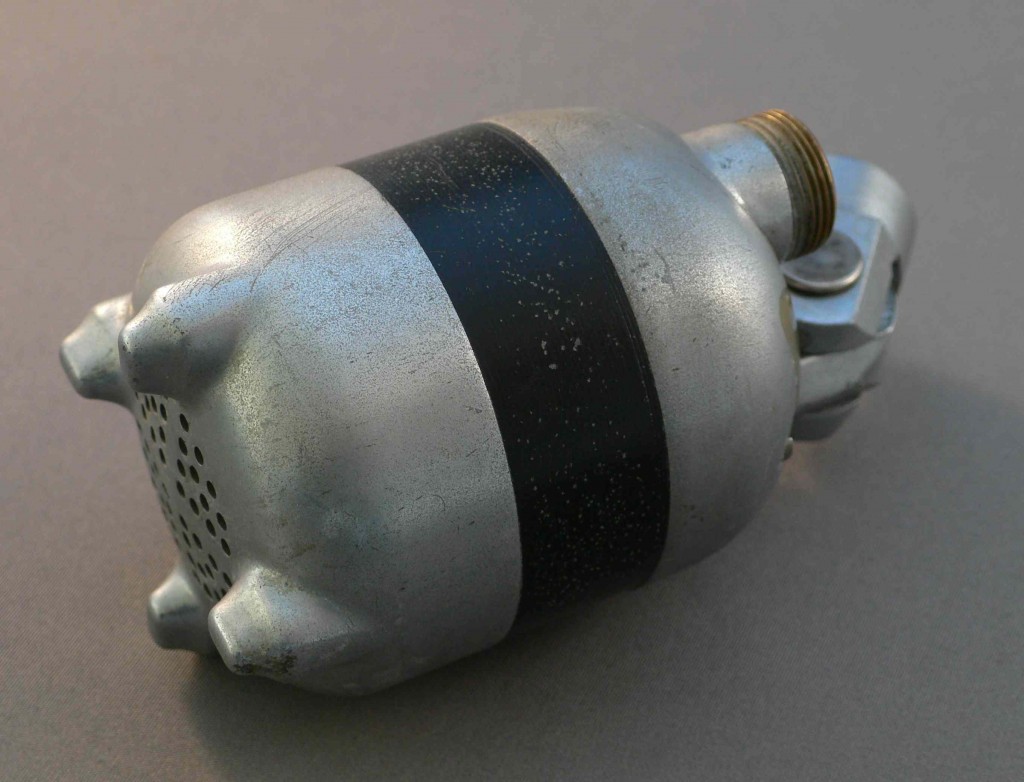 This is an American D4T. This is a hi-Z dynamic public-address mic from the 40s. This is, btw, the first antique mic i ever bought. picked this up at an antique shop in Prov RI back in the mid 90s, along with a little tube suitcase PA system and nice old cast-base mic stand… $75 i think…. This mic still works, and it sounds cool, but it’s just too distorted… feel like it sounds too ‘Pop,’ of all things, at this moment; ‘distressed-vocals’ being the trendy thing that they are.
This is an American D4T. This is a hi-Z dynamic public-address mic from the 40s. This is, btw, the first antique mic i ever bought. picked this up at an antique shop in Prov RI back in the mid 90s, along with a little tube suitcase PA system and nice old cast-base mic stand… $75 i think…. This mic still works, and it sounds cool, but it’s just too distorted… feel like it sounds too ‘Pop,’ of all things, at this moment; ‘distressed-vocals’ being the trendy thing that they are.
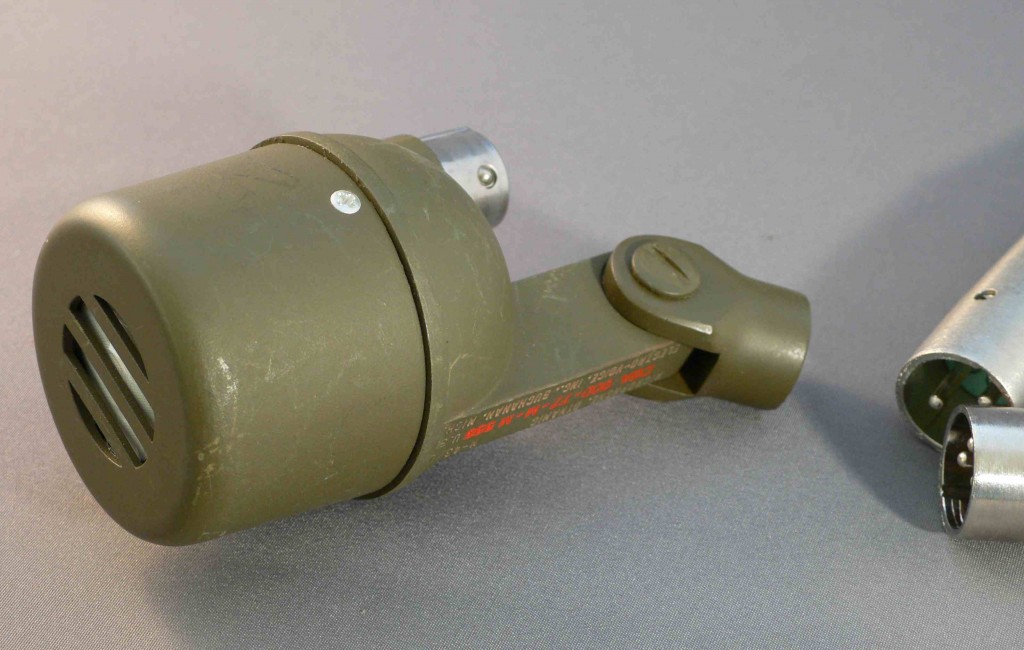 An Electro-voice military communications mic. Got this one still in its heremetically-sealed, foil-lined pouch. It ain’t bad, but… i have too many mics like this, only just slightly better….
An Electro-voice military communications mic. Got this one still in its heremetically-sealed, foil-lined pouch. It ain’t bad, but… i have too many mics like this, only just slightly better….
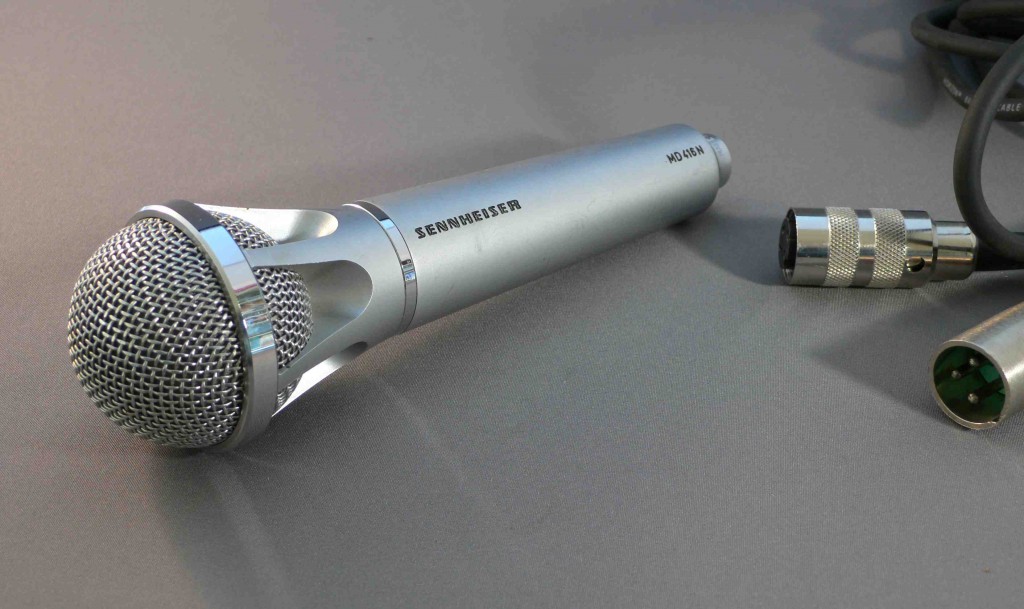 A Sennheiser MD 416. I was really excited about this thing, and i paid like $100 for it, which is a fortune for a cheapskate like me. Now, I have a lot of old sennhesiers… an original 409, 421, and several 441s… and i really dig them… but this thing just has no… balls? No low-end, at least. And that Mini-Tuchel-to-XLR cable wasn’t cheap either. This gets my vote for the most-expensive-mic-that-looks-like-a-really-cheap-mic. I will call it Paris H. from now on.
A Sennheiser MD 416. I was really excited about this thing, and i paid like $100 for it, which is a fortune for a cheapskate like me. Now, I have a lot of old sennhesiers… an original 409, 421, and several 441s… and i really dig them… but this thing just has no… balls? No low-end, at least. And that Mini-Tuchel-to-XLR cable wasn’t cheap either. This gets my vote for the most-expensive-mic-that-looks-like-a-really-cheap-mic. I will call it Paris H. from now on.
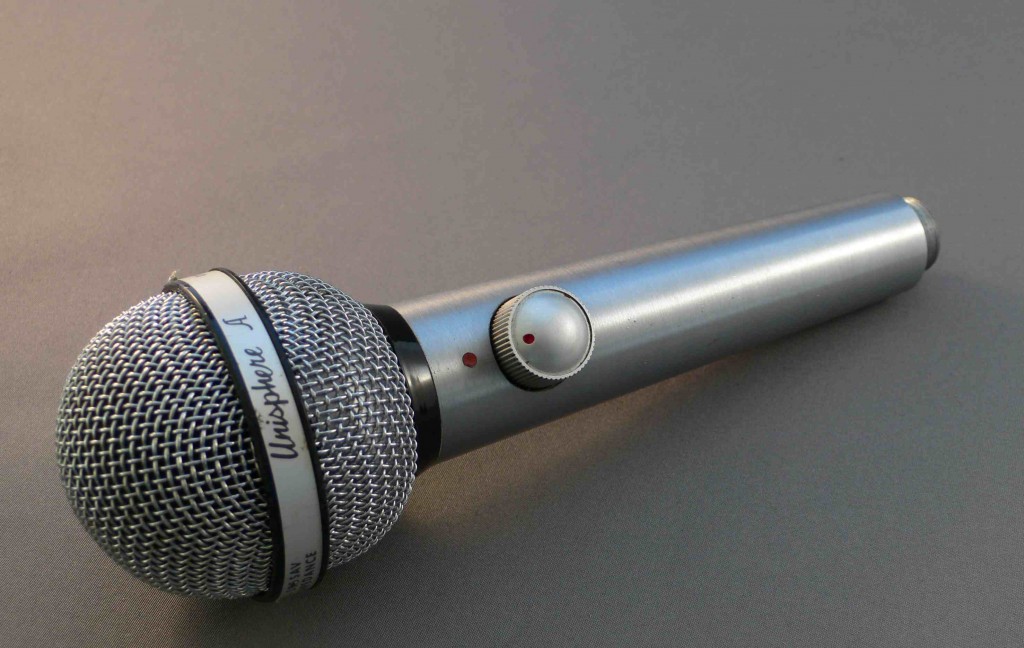 Shure 585 ‘unisphere A.’ Basically a cheap hi-z dynamic with a volume pot built in. I think this is known as the ‘James Cotton’ mic. Cotton was a harmonica player in the 60s whi apparently used just about every amp and mic in existence at one point or another, cos there is really no limit to the range of items people are eager to associate with him.
Shure 585 ‘unisphere A.’ Basically a cheap hi-z dynamic with a volume pot built in. I think this is known as the ‘James Cotton’ mic. Cotton was a harmonica player in the 60s whi apparently used just about every amp and mic in existence at one point or another, cos there is really no limit to the range of items people are eager to associate with him.
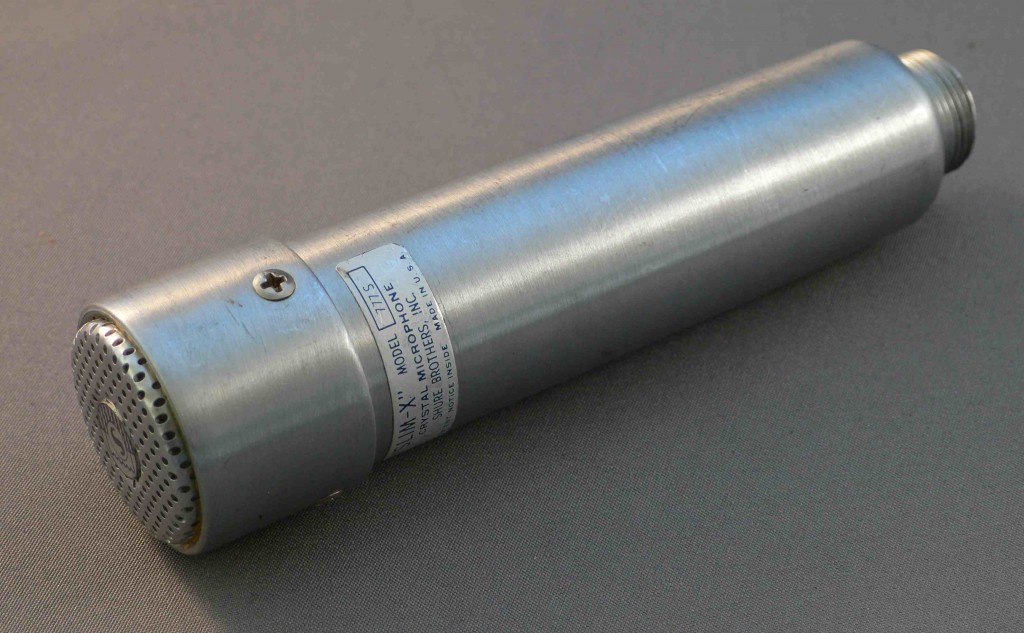 Shure 777s Crystal mic with switch. I think this came with a large pile of old mics. It’s a 60 year-old crystal mic. not much more to say.
Shure 777s Crystal mic with switch. I think this came with a large pile of old mics. It’s a 60 year-old crystal mic. not much more to say.
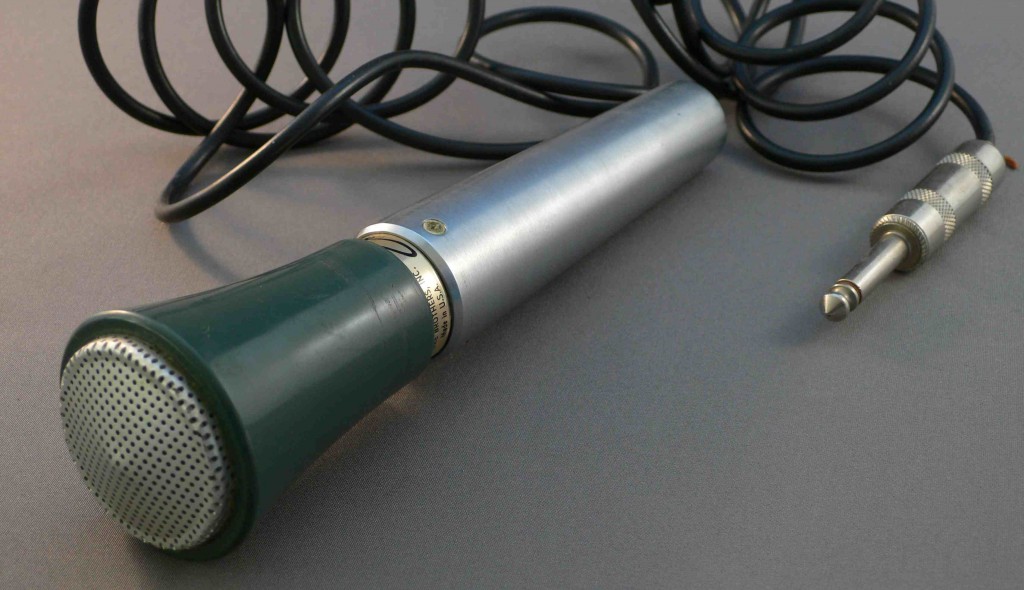 Shure Commando. Honestly not even sure what kind of mic this is. Sounds pretty cool but it’s hi-z so it’s a pain in the ass to use in the studio. harp (harmonica) dudes seem to dig these.
Shure Commando. Honestly not even sure what kind of mic this is. Sounds pretty cool but it’s hi-z so it’s a pain in the ass to use in the studio. harp (harmonica) dudes seem to dig these.
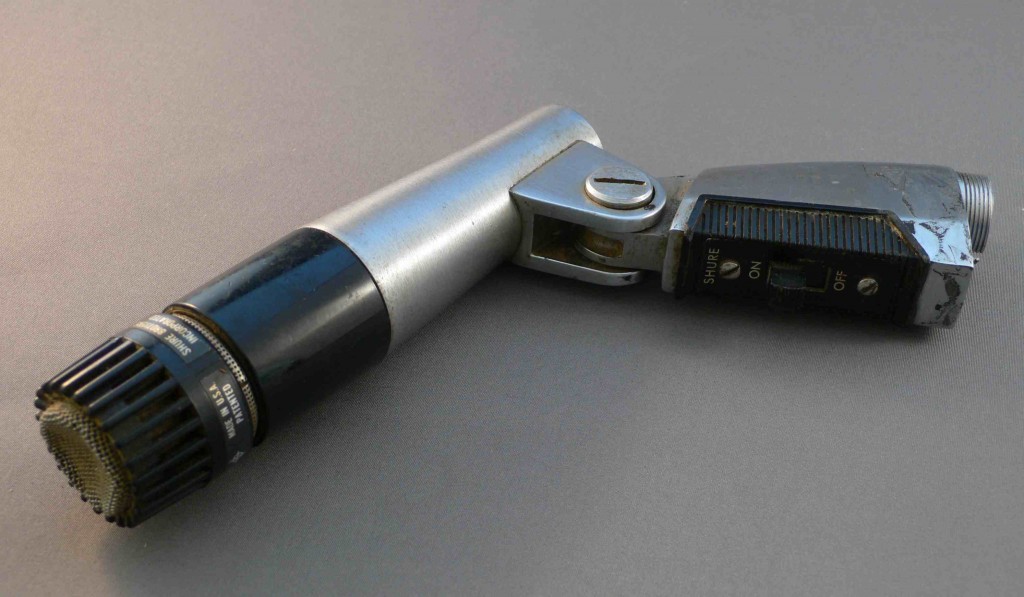 Shure PE-54. The ‘PE’ stands for ‘Professional Entertainer,’ believe-it-or-not (seriously, though, this is true.). This is the hi-z version of the Unidyne III… which is the forerunner of the SM57. This is actually a really good sounding mic, but since it’s hi-z, it’s a pain to use. I have an SM56, which is the balanced version of this thing, so this is kinda redundant. but for real this mic sounds great. i was surprised.
Shure PE-54. The ‘PE’ stands for ‘Professional Entertainer,’ believe-it-or-not (seriously, though, this is true.). This is the hi-z version of the Unidyne III… which is the forerunner of the SM57. This is actually a really good sounding mic, but since it’s hi-z, it’s a pain to use. I have an SM56, which is the balanced version of this thing, so this is kinda redundant. but for real this mic sounds great. i was surprised.
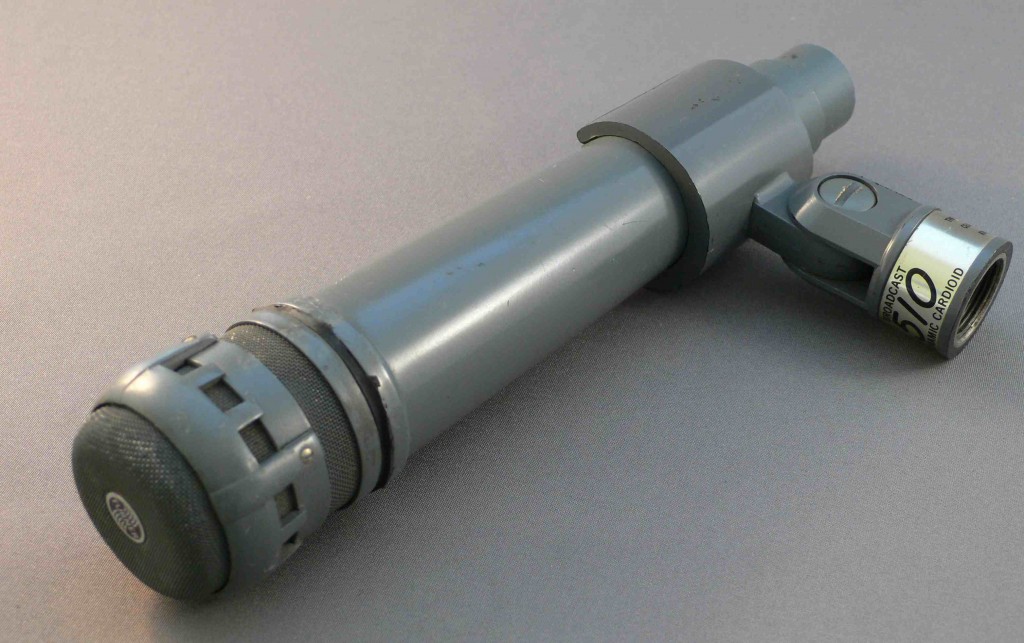 Turner 510. The best dynamic mic Turner ever made. I am actually not sure how this thing failed the SM57 test. Think maybe it deserves another chance. Look for a shoot-out including this mic. here. soon.
Turner 510. The best dynamic mic Turner ever made. I am actually not sure how this thing failed the SM57 test. Think maybe it deserves another chance. Look for a shoot-out including this mic. here. soon.
